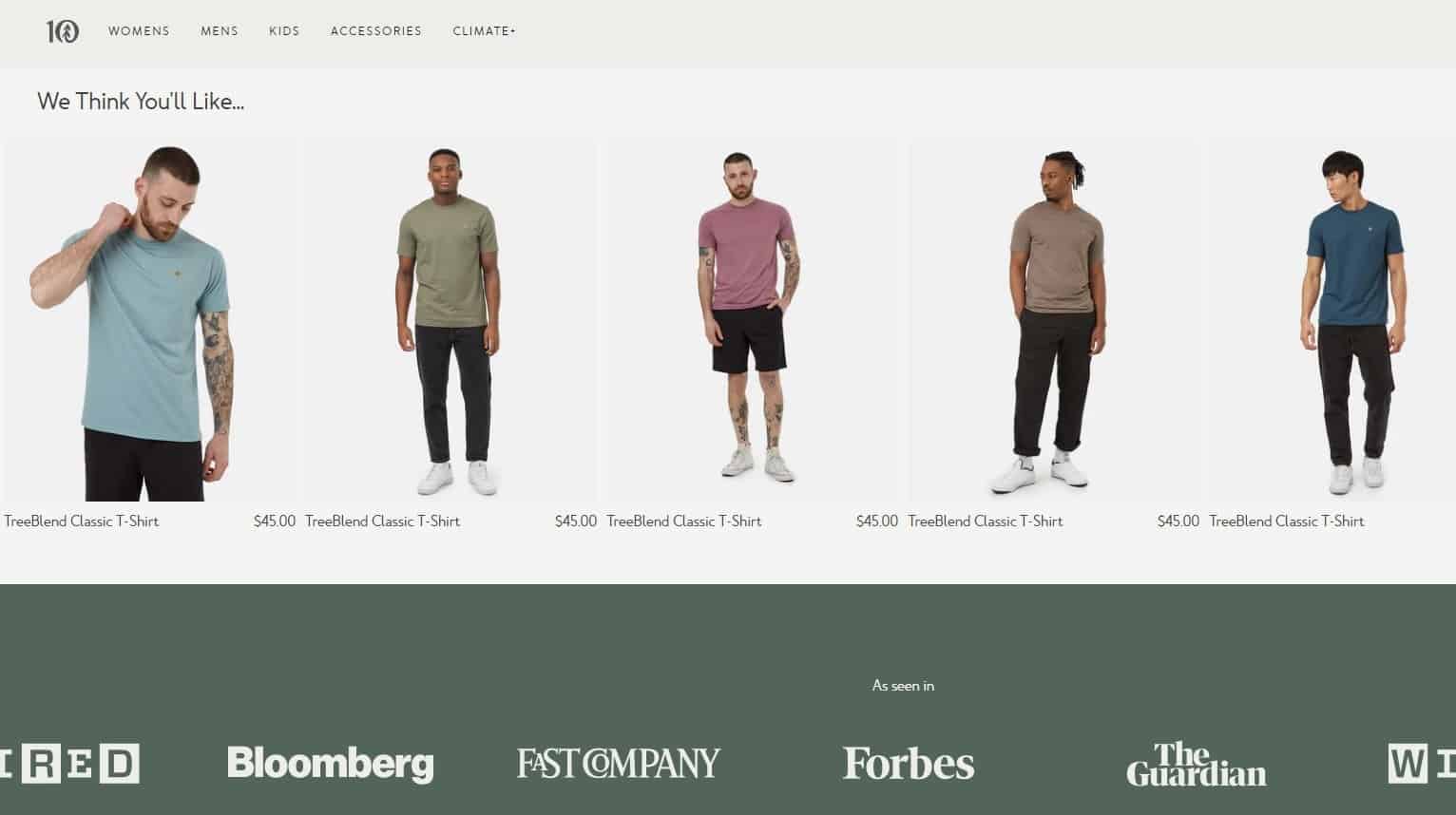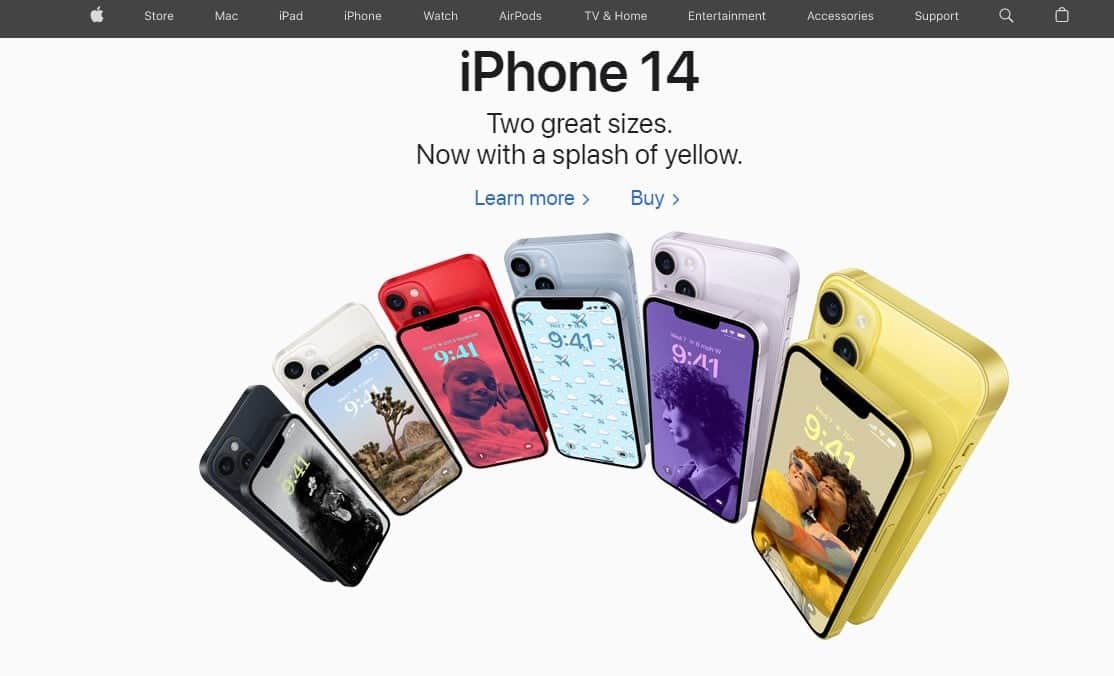Turning leads into customers is one of the fundamental pillars of business growth and success. This path, known as the buyer journey, has become more complex and volatile than ever due to the swift changes in customer behavior and expectations, technology, and other external forces.
The modern buyer journey is anything but a simple linear path from A to B. Instead, it’s unpredictable, filled with many small decisions and interactions along the way, making it increasingly difficult for companies to map it out like before ??.
Research shows that it takes an average of 8 touchpoints before a prospect becomes a customer.

Despite its complexity, companies need to visualize their customers’ paths before purchasing to understand their behavior and how to engage with them. Moreover, it allows them to perfect their sales and marketing strategies.
So what can sales teams do to make their product the final destination, especially when buyer interaction hits a record-low (see below), given that a quick web search ?? provides detailed information on all the hundreds of options available?

The best course of action is to create the most personalized buyer experience with the help of a relevant data-driven strategy, spanning from awareness to consideration and, eventually – purchase. Easier said than done, of course.
Benefits of Personalizing the Buyer Journey
Meaningful personalization is built on relevant data, which removes the guesswork and gives concrete, objective insights into what content and engagement bring the most results.
And that’s just the tip of the iceberg:
- Most buyers expect a customer-centric buyer experience, with over 80% stating it’s key to winning their business and just as important as the product itself.
- Over half of all people prefer to research products independently, with little to no sales rep interaction – a personalized buyer journey is the only way to get their attention.
- A personalized buyer journey is a critical part of ABM (account-based marketing), which over 80% of businesses say generates a higher ROI.
Personalizing the buyer journey shows prospects you took the time to figure out and anticipate their unique needs, and provide a perfect-fit solution, thus taking the first step in gaining their attention and consideration. Here are some of the proven strategies to do that.
5 Data-Driven Buyer Journey Personalization Strategies
Data and personalization go hand in hand, so businesses with the tools and processes set in motion to gather, store, and analyze relevant customer data are already one step ahead. Without it, personalizing the buyer journey becomes more of a guessing game that most businesses simply can’t afford.
Here are 5 proven, data-driven strategies to personalize the buyer journey and attract more customers.
1. Building awareness through personalized content
It all begins with the buyer. At some point, they identify a problem or a need and begin looking for solutions. Most often, this will involve a web search to identify different product/service options and compare them back to back. Businesses need to make sure they’re on that list.
Having the right message and CTA at the right place in front of the right audience is the starting point of most final purchases today.
The best way for companies to be seen by their target audience is to adopt a personalized content strategy across numerous channels. By streamlining and analyzing their past purchase data, social media, and website analytics, the company can identify the most viewed or downloaded content by different buyer groups and where they see it:

Just think about it, instead of all your prospects viewing the same generic promo message and call-to-action, they will be faced with the one that best resonates with their specific needs and preferences.
Take a CRM/SaaS product with use cases across various industries. Like any other growing company, it will create separate content strategies for each industry, modifying and refocusing the content topics accordingly.
If the vast majority of leads in the sales industry visit your website after engaging with LinkedIn ads or posts about lead generation and multichannel outreach, then businesses should take note. This should be how their brand will introduce itself to sales companies and sales-buyer personas for maximum results.
On the other hand, if most of their IT clients find out about them through discussions on community websites and Quora/Reddit channels, then that’s where their data-driven strategy will be focused on with unique, IT-centric promo ad campaigns.
The same goes for B2C, where you could also segment data and buyer personas by demographics for the most personalized offer based on the ‘hottest’ product for each age group.
Awareness isn’t exclusively about converting prospects immediately but always being present and ready to engage with potential customers when the opportunity arises.
2. Engaging with personalized outreach based on intent data
In all B2B and some B2C, the next foreseeable step is for companies to begin their outreach to prospects that fall within their target audience, especially those that have shown some interest.
The prospects may come with different needs, looking for completely different solutions, yet all with the desire to be treated like a human rather than another name on a prospect list. And that includes 73% of B2B companies and decision-makers as well.
For this reason alone, nowadays, we have to virtually eliminate generic outreach and instead personalize all introductions and conversations to the fullest.
The best way sales teams can approach this task is by looking out for and gathering intent data, which are specific signals that give away the prospects’ intentions and purchase readiness.
These signals come in different forms, but I’ll review a few common examples. For a B2B sales engagement platform, one recurring outreach topic revolves around hiring intent – signals that indicate a target account is expanding its team. It is inevitable for growing sales teams to need a more powerful automation tool, which is a golden opportunity for our SDRs to reach out with a personalized message:

Personalized outreach is also about the right timing, so it’s probably best to set up trigger alerts to notify your sales reps of any review buyer intent from reputable sources such as G2:

(Slack notification from G2 showing interested prospects)
Other types of intent data may include website visits (checkout for B2C), product details/comparison content viewed or downloaded, free trial creation, and many more. Understandably, sales reps cannot use the same tone, message, and CTA for prospects showing completely different intentions.
This is where the prospect-seller engagement begins, but it will be present throughout the next stages of the buyer journey until purchase and retention.
3. Facilitating consideration with personalized product recommendations & discounts
Whether after multiple engagement touchpoints with cold prospects or getting right down to business after an introduction with warm leads, companies eventually get their prospects’ attention. This is when buyers are in the consideration stage of their path, gearing towards a purchase, where they weigh in their options.
If at the awareness stage, businesses should avoid being too salesy, at this stage of the buyer journey, it’s time to bring out the moves.
The company is responsible for showing why they are the best fit by switching from introductions to relationship-building. In other words, it’s time to pitch their product.
Once again, sales teams can use data to personalize their pitches with product recommendations, offers & discounts, and specific features most relevant to the buyers’ needs.
This data-driven strategy entails analyzing all existing data points (browsing history, past purchases, etc.) with automation tools to create unique buyer personas and then, manually or with AI predictive modeling, decide which one each new prospect belongs to.
This way, companies get an objective glimpse at the products or features most likely to convert each potential buyer, making it easy to craft highly-personalized nurturing steps. This will make each interaction meaningful and relevant throughout the buyer’s journey.
For B2B agencies, the most optimal strategy would be a personalized demo. Companies will combine existing data of similar existing customers with new research data to make the value proposition hyper-personal to the potential buyer.
Instead of a generic overview of their product (which buyers can probably find online), sales reps will explain with numbers, visuals, and projections why they would be a great investment.
B2C agencies don’t usually work with demos, but this stage is their golden opportunity to create unique product recommendations and offers to their different customer segments:

Businesses could then make sure each potential buyer at this stage of the journey comes across the most personalized pitch, considering their unique wants and needs.
4. (Re-)nurturing prospects through behavioral retargeting
Some interested prospects are bound to fall through the cracks of your buyer journey by either pausing their product search, leaning toward a competitor, or changing their mind altogether.
This is no time to disregard them right away. Instead, we can set up automated, data-driven processes of following up and retargeting our potential buyers. For example, we can set up an email or social media touchpoint 5 days after a website visit, focusing the message around the product or content the prospect viewed and skipping the meet-and-greet.
It’s a good idea to keep the data of all lost prospects neatly separated by the stage of the buyer journey where they left off. The tone and CTA will differ depending on where they are in their journey.
For lost prospects right at the finish line, the next step would be very sales-oriented, such as inviting for a personalized demo or trying the freemium with a ‘big’ customer referral.
For those who merely checked out their website a few times and signed up for a newsletter through gated content, a simple engagement touchpoint such as an upcoming webinar invite or new infographic PDF will do the job of staying present and bringing value.
Just remember to switch it up with a new landing page or piece of content – playing the same hand won’t work.
Data from our existing customers’ buyer journeys can show us how many days and touchpoints most purchases occur, allowing us to plan our nurturing strategy accordingly.
A great example for B2C companies is re-engaging with prospects who almost completed the journey but then abandoned their cart items. With special tools, they can track and store the data of all such prospects and set reminders to send out a personalized email or targeted ad after some time.
Here’s a creative way Adidas goes about this message:
Be it the same product, a similar (or cheaper) alternative, or a special offer on a similar product, sales teams can reignite that willingness to purchase your product the buyers once had.
5. Retention and upselling with tailored upsell/cross-sell opportunities

Congratulations! You just got new customers, and the buyer journey is ending, but it’s not over yet. All future interactions with your customers can now be easily personalized to the fullest as we zoom out and look at the complex journey that led them to your product.
But with great power comes great responsibility because customers now have even higher expectations of feeling valued and heard. Companies that take all the data from successful customer journeys and enrich it with external data will finally get the full picture.
Besides just revealing their exact pain points/needs for more personalized customer service in the future, this also allows sales teams to identify any gaps, which could be satisfied with new content or perhaps unique upsell/cross-sell opportunities.
With only a few exceptions, retaining customers is much more profitable to businesses, with research correlating a 5% increase in retention to an almost 30% revenue increase. Companies should take this opportunity to recommend personalized complimentary offers/products and new products to those who may not even know they want or need them.
B2B and some B2C companies can also enjoy product data, seeing how their new customers use the product and its various features. Sales reps can identify ways to add value over time, for example, by reaching out regarding a cool new feature update that product data shows they’re unaware of.
Product data also shows whether usage increases or decreases, allowing sales teams to anticipate shifting needs. If a company using a SaaS product has added 10+ new team members over the last quarter, perhaps it’s time to bring up a plan upgrade to keep the growth momentum going.
When purchasing online, customers leave their email, and most B2C companies are likely to knock on your inbox a few days or weeks after a purchase with a personalized complimentary offer or product.
Staying on top of review data can highlight the most satisfied customers to whom companies can offer personalized loyalty programs as a thank-you. Improve retainment and word-of-mouth referrals – two birds, one touchpoint.
There you have it. 5 hands-on, data-driven strategies you can implement right away to create a more personalized experience for all your future and existing customers. Now it’s time to gear up with the right tools, create new data-driven processes, and place personalization on autopilot. Trust me, your customers will appreciate it a lot.
Getting Started with Personalizing the Buyer Journey

All that talks about personalizing the journey from prospect to customer, but how do we do it? The good news is that it’s much less complicated than it sounds, and we have automation tools and AI to thank for that.
Knowingly or not, every company that’s been around for some time is sitting on valuable data they can use in this mission – past purchases, website analytics, social media analytics, etc.
Proactive companies use intent data, product data, buyer signals, and AI predictive analytics to create unique buyer experiences.
All this golden info is gathered, stored, and analyzed with specific tools:
- AI and predictive analytics tools such as Qlik Sense and Drift to work with large sets of data (internal and external), look for patterns, and predict prospect behavior;
- Plerdy tracks web visitors’ behavior by visualizing scrolls, clicks, and heatmaps, turning it all into digestible data;
- Sales engagement platforms such as Reply to automate and personalize multichannel outreach sequences at scale.
In turn, analyzing this data allows companies to create separate buyer segments based on recurring behavioral or demographic data patterns, for example, industry, company size, and budget for B2B, and age, location, and interests for B2C.
Having multiple unique pathways from awareness to purchase most suited for each potential customer segment is the core of a personalized buyer journey.
Key Takeaways
In the modern-day buyer journey, data and personalization go hand in hand. Companies must have the tools and processes to accurately identify, gather, store, and analyze ?highly-relevant data.
And it is this analyzed data that, in turn, provides companies with concrete customer insights into the most effective ways to personalize buyer journeys for all new prospects and customers.
Businesses simply can’t afford ? to only focus on those prospects that their sales reps manage to get a hold of. They will lose most of their future customers by not providing a personalized experience.
All the data from the complete buyer journey will highlight each customer’s exact pain points and needs and what content/visuals work best to get their attention and convert them into long-term customers, allowing them to segment buyer personas.
A vicious, volatile cycle ? if you ask me, but there lies its beauty.
